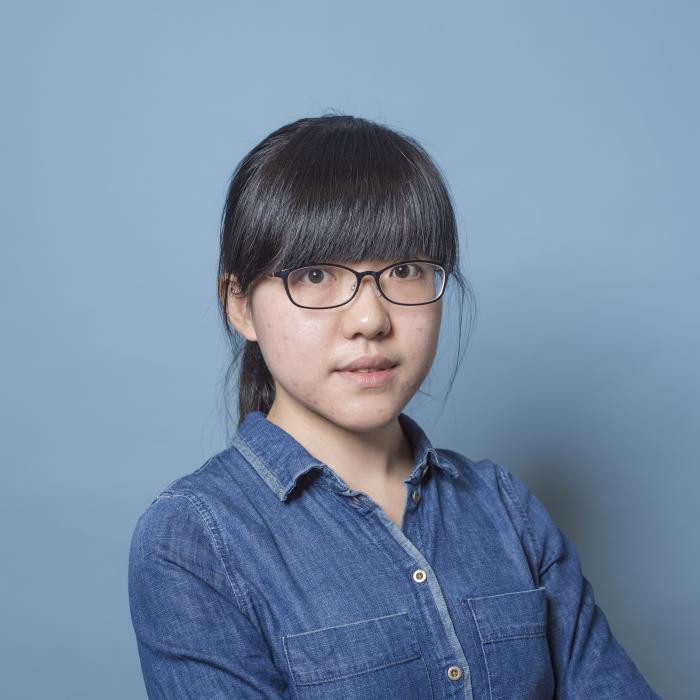Agenda
MSc ME Thesis Presentation
- Friday, 30 August 2019
- 10:00-10:30
- Lecture Hall 10 in PULSE, building 33a
A low-noise amplifier for ultrasound imaging with continuous time-gain compensation
Qiyou Jiang
This work presents a low-noise amplifier (LNA) for ultrasound imaging with built-in continuous time-gain compensation (TGC), which compensates for the time-dependent attenuation of the received echo signal and thus significantly reduces its dynamic range (DR).
The proposed design combines the LNA and TGC functions in a single variable-gain current-to-current amplifier. Compared to conventional ultrasound front-ends, which implement the TGC function after an LNA that needs to handle the full DR of the echo signal, this approach can highly reduce the power consumption and the size. Compared to earlier programmable gain LNAs with discrete gain steps, the continuous gain control avoids switching transients that may lead to imaging artefacts.
The TGC function is realized by a novel feedback network consisting of a double differential pair that feeds a fraction of the output current back to the input. This fraction can be changed continuously using a control voltage that is applied to the gates of the differential pairs, to realize a gain range from -20 dB to +20 dB. To achieve an approximately constant closed-loop bandwidth in the presence of the changing feedback factor, a loop amplifier has been implemented whose gain is changed along with the feedback factor by dynamically changing its bias currents. This loop amplifier employs a current-reuse architecture to achieve high power-efficiency. In addition, a variable bias current source has been designed to appropriately bias the TGC feedback network. By employing a similar double differential pair topology as in the feedback network, this current source provides the required low noise at the highest gain setting and high current at the lowest gain setting within the available headroom.
The LNA with built-in TGC function has been realized in 180nm CMOS technology. It has been optimized to interface with a 7.5 MHz capacitive micro-machined ultrasonic transducer (CMUT). Simulation results show that it achieves a 3dB bandwidth higher than 40 MHz across the full gain range. At the highest gain setting, its input current noise is 0.96 pA/rt-Hz at 7.5 MHz. This leads to an input dynamic range of 93 dB, which is compressed into an output dynamic range of 53 dB by means of the 40 dB variable gain. The amplifier consumes 10.8 mW from a 1.8V supply, and occupies an estimated 320 x 320 um2 die area.
Agenda
- Tue, 30 Apr 2024
- 10:00
- HB18.090
MSc SPS Thesis presentation
Wim Kok
A SystemC SNN model for power trace generation
- Mon, 6 May 2024
- 12:30
- Aula Senaatszaal
PhD Thesis Defence

Christoph Manss
Multi-agent exploration under sparsity constraints
- Tue, 21 May 2024
- 10:00
- Aula Senaatszaal
PhD Thesis Defence

Wangyang Yu
- 27 -- 28 May 2024
- Aula, TU Delft
Conferences

44th Benelux Symposium on Information Theory and Signal Processing (SITB'24, Delft)
- Tue, 18 Jun 2024
- 15:00
- Aula Senaatszaal
PhD Thesis Defence

Hanie Moghaddasi
Model-based feature engineering of atrial fibrillation
- Mon, 24 Jun 2024
- Aula, TU Delft
Conferences
